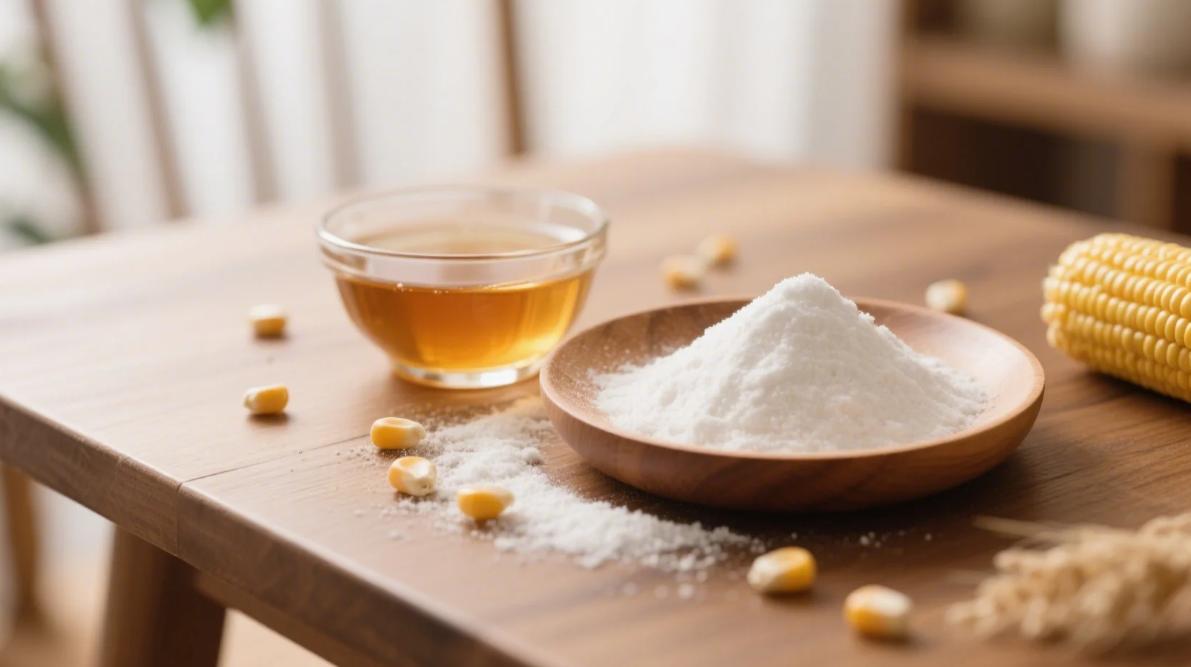The organic allulose market is poised for explosive growth, with projections indicating a 17.83% CAGR from 2024 to 2030, rising from 173millionin2023to544 million by 2030. This rare sugar, naturally present in figs and raisins, delivers 70% of sucrose’s sweetness with 90% fewer calories and a near-zero glycemic index, making it a game-changer for diabetic-friendly and weight-management products.

Key Growth Drivers:
- Regulatory Tailwinds: The FDA’s 2019 decision to exclude allulose from “total sugar” labeling and approvals in Japan, Korea, and Mexico have unlocked its potential in clean-label formulations. China’s pending regulatory approval could add $1.17B to the market by 2030.
- Consumer Demand: 68% of U.S. shoppers prioritize sugar reduction, while 76% avoid artificial sweeteners. Allulose’s natural origin and GRAS certification align with clean-label trends.
- Functional Versatility: Its heat stability (up to 160°C) and ability to trigger the Maillard reaction enable sugar-free baked goods with authentic caramelization.
2. Product Spotlight: Powder vs. Syrup – Divergent Paths to Sweet Success
| Attribute | Organic Allulose Powder | Organic Allulose Syrup |
|---|---|---|
| Caloric Profile | 0.4 kcal/g (FDA-recognized as “zero-calorie”) | 0.2 kcal/g (ideal for liquid stability) |
| Applications | Baking, pharmaceuticals, sports nutrition | Beverages, sauces, frozen desserts |
| Cost Efficiency | $8–10/kg (premium health foods) | $6–8/kg (bulk production economies) |
| Sustainability Edge | Solar-dried processes reduce CO₂ by 40% | Fermentation cuts water waste by 50% |
Synergy in Formulation:
Blending powder (for texture) and syrup (for moisture retention) reduces costs by 30% in protein bars and keto snacks.
3. Regional Growth Hotspots: Where Demand Is Boiling
- North America: Dominates 55% of the market, driven by keto diets and partnerships like Beyond Meat’s plant-based meat sauces.
- Asia-Pacific: China’s “Healthy China 2030” policy could propel allulose syrup adoption in bubble tea, targeting 30% penetration by 2025.
- Europe: Pending EU approvals and sugar taxes are pushing beverage giants like Coca-Cola to reformulate with allulose syrup.
4. Innovation Frontiers: Science Meets Sustainability
- Biotech Breakthroughs: CRISPR-engineered microbes now achieve 85% conversion efficiency from fructose, slashing production costs.
- Pharma Integration: Pfizer uses anhydrous allulose powder to stabilize mRNA vaccines in tropical climates, while pediatric syrups leverage its hypoallergenic properties.
- Circular Production: Closed-loop systems using corn husks generate 0.8 carbon credits per ton, aligning with EU Farm-to-Fork goals.
Emerging Applications:
- Beauty & Wellness: Allulose syrup enhances hydrating serums by mimicking hyaluronic acid’s moisture-locking properties.
- Cultured Meat: As a carbon source in cell media, it reduces production costs by 25%.
5. Competitive Landscape: Leaders Shaping the Future
- Tate & Lyle and CJ CheilJedang dominate liquid allulose production for beverages.
- Baolingbao (China) and Matsutani Chemical (Japan) lead crystalline allulose exports, with Baolingbao’s 15,000-ton capacity set to double by 2026.
- Startup Disruptors: Companies like GutFuel use AI to customize allulose blends for personalized glycemic control.
6. Challenges & Strategic Wins
- Cost Barriers: Organic allulose remains 2x pricier than erythritol, but regenerative farming partnerships cut input costs by 15%.
- Consumer Education: 60% of shoppers remain unfamiliar with allulose, necessitating campaigns highlighting its gut-friendly benefits.
The Road to 2030: Sweetening the Circular Economy
Organic allulose isn’t just a sweetener—it’s a multibillion-dollar enabler of health and sustainability. From stabilizing vaccines to decarbonizing food production, its applications span industries. As Nestlé and Chobani roll out allulose-enhanced lines, this rare sugar is redefining indulgence in a sugar-conscious world.